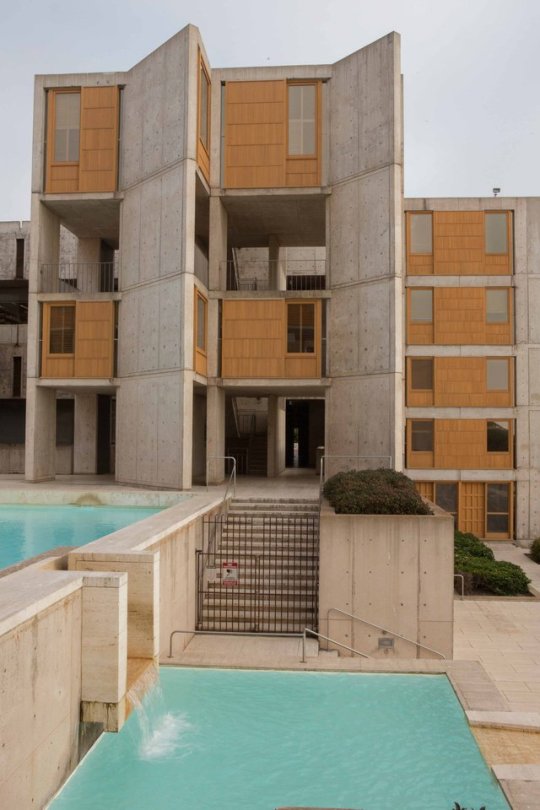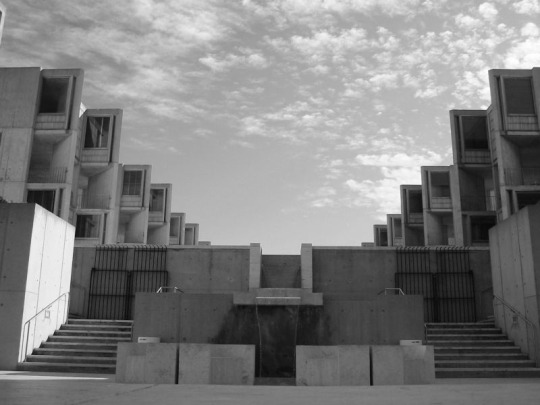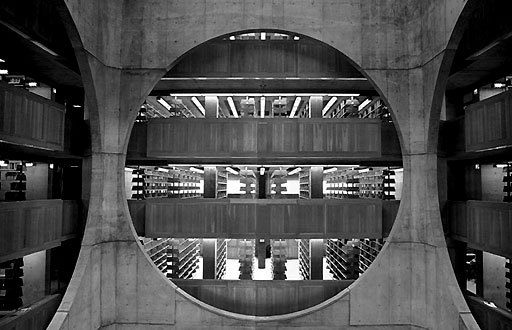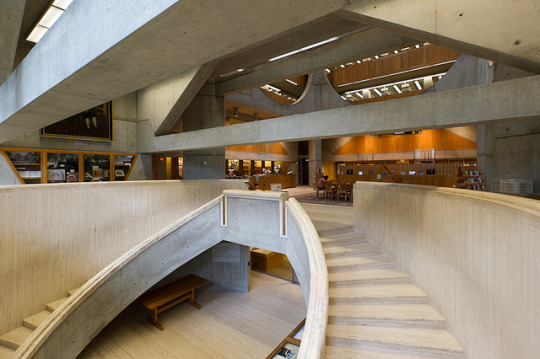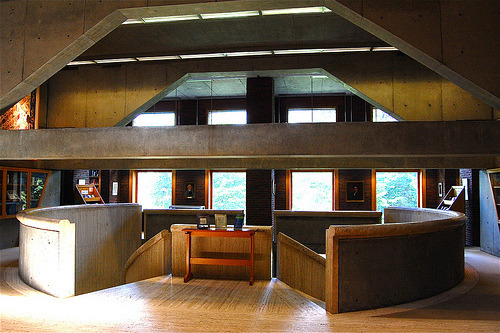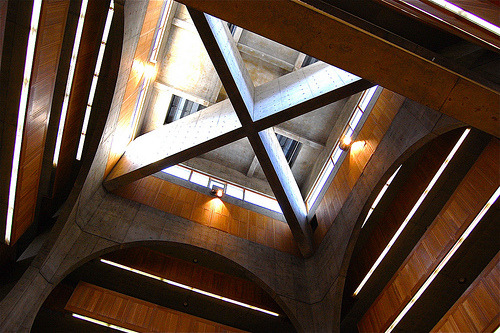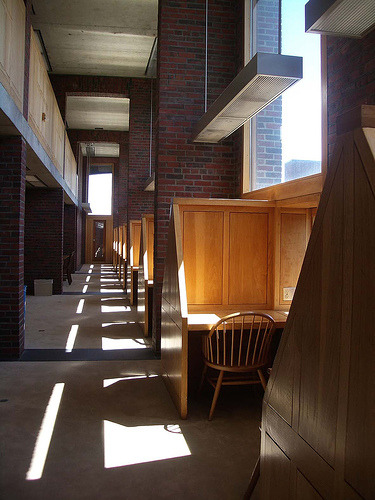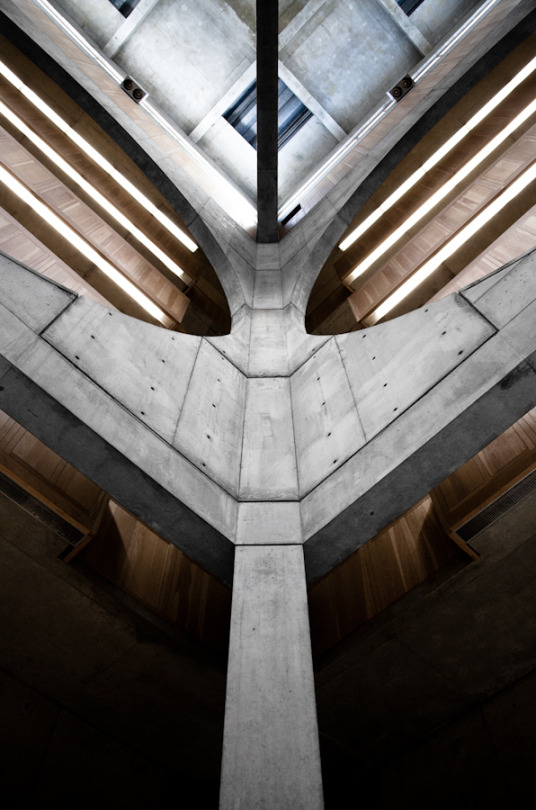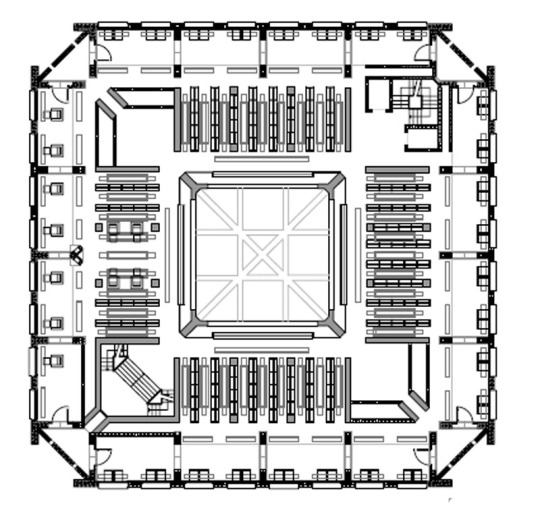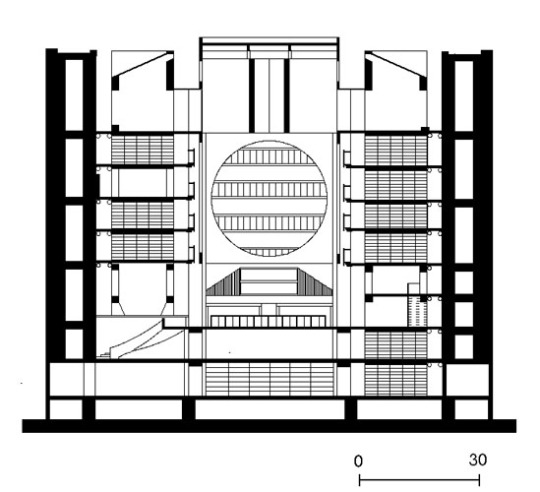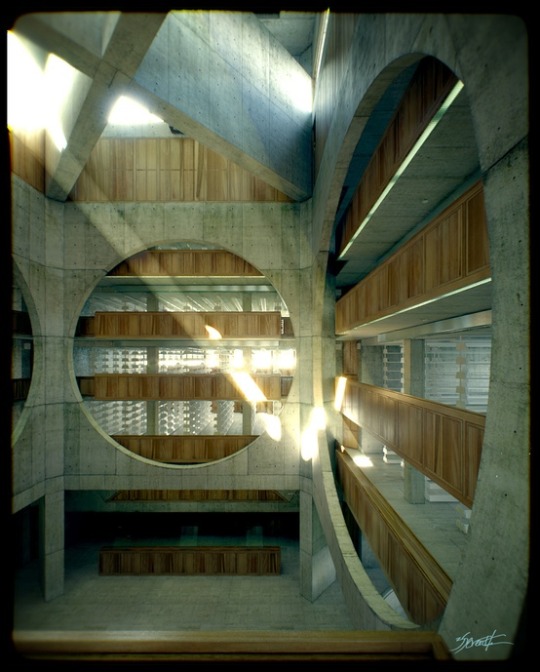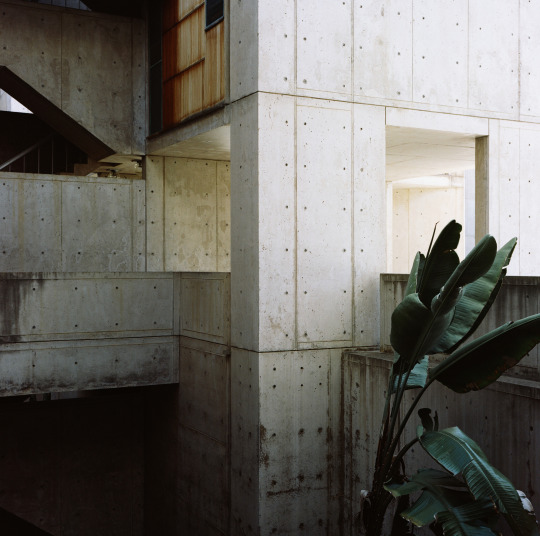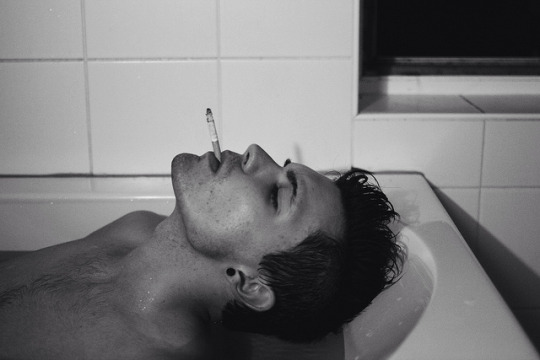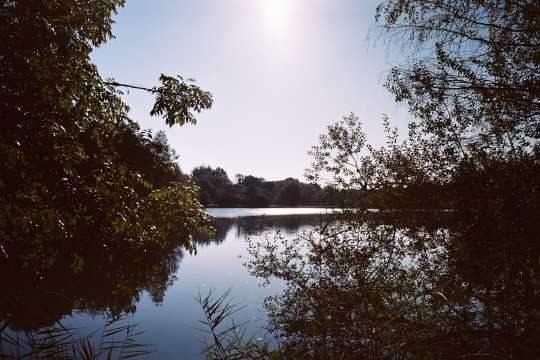Photo
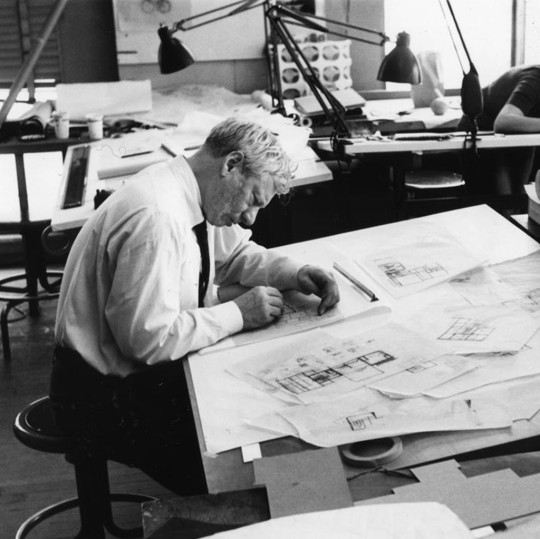
112 years ago was born the legend of architecture, happy birthday Louis Khan.
62 notes
·
View notes
Photo

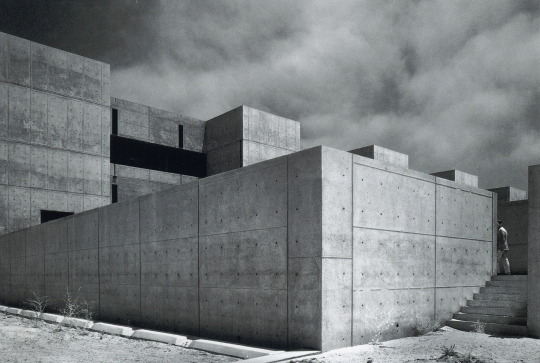
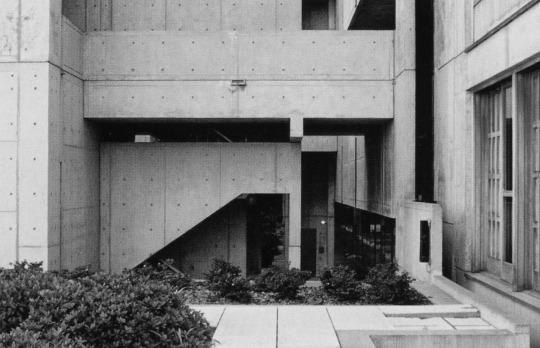

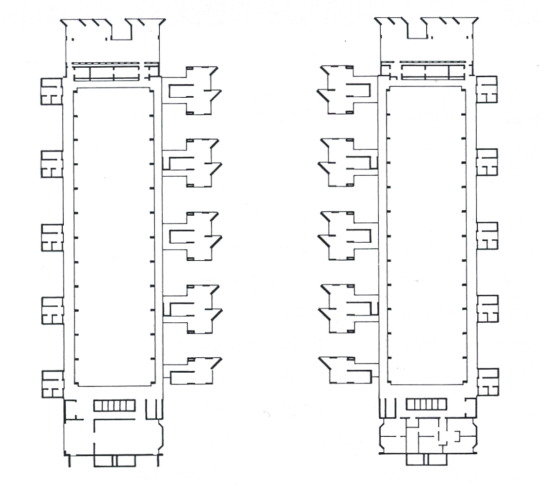
Louis Kahn, Salk Institute of Biological Studies, (1959-1965)
Kahn’s creation consists of two mirror-image structures that flank a grand courtyard. Each building is six stories tall. Three floors contain laboratories and the three levels above the laboratory floors provide access to utilities. Protruding into the courtyard are separate towers that provide space for individual professorial studies. The towers at the east end of the buildings contain heating, ventilating, and other support systems. At the west end are six floors of offices overlooking the ocean. Together, there are 29 separate structures joined together to form the Institute.
You can see the impact of Kahn’s architecture in the courtyard. Important to note are Kahn’s imaginative use of space and his high regard for natural light. In response to Salk’s request that the Institute provide a welcoming and inspiring environment for scientific research, Kahn flooded the laboratories with daylight. He built all four outer walls of the laboratory levels out of large, double-strength glass panes, producing an open, airy work environment. Local zoning codes restricted the height of the buildings so that the first two stories had to be underground. This did not, however, prevent the architect from bringing in daylight: he designed a series of light wells 40 feet long and 25 feet wide on both sides of each building to bring daylight into the lowest level.
The collaboration between Louis Kahn and Jonas Salk produced a design for a facility uniquely suited to scientific research. The next challenge was to realize it through the use of materials that could last for generations with only minimal maintenance. The materials chosen for this purpose were concrete, teak, lead, glass, and special steel. The poured-in-place concrete walls create the first bold impression for visitors. Kahn actually went back to Roman times to rediscover the waterproof qualities and the warm, pinkish glow of “pozzuolanic” concrete. Once the concrete was set, he allowed no further processing of the finish—no grinding, no filling, and above all, no painting. The architect chose an unfinished look for the teak surrounding the study towers and west office windows, and he directed that no sealer or stain be applied to the teak. The building’s exterior, with only minor required maintenance, today looks much as it did in the 1960s.
442 notes
·
View notes
Audio
#NowPlaying November Rain de Guns N' Roses
2 notes
·
View notes
